
The big wolf hunt in the Swiss mountains

News

News
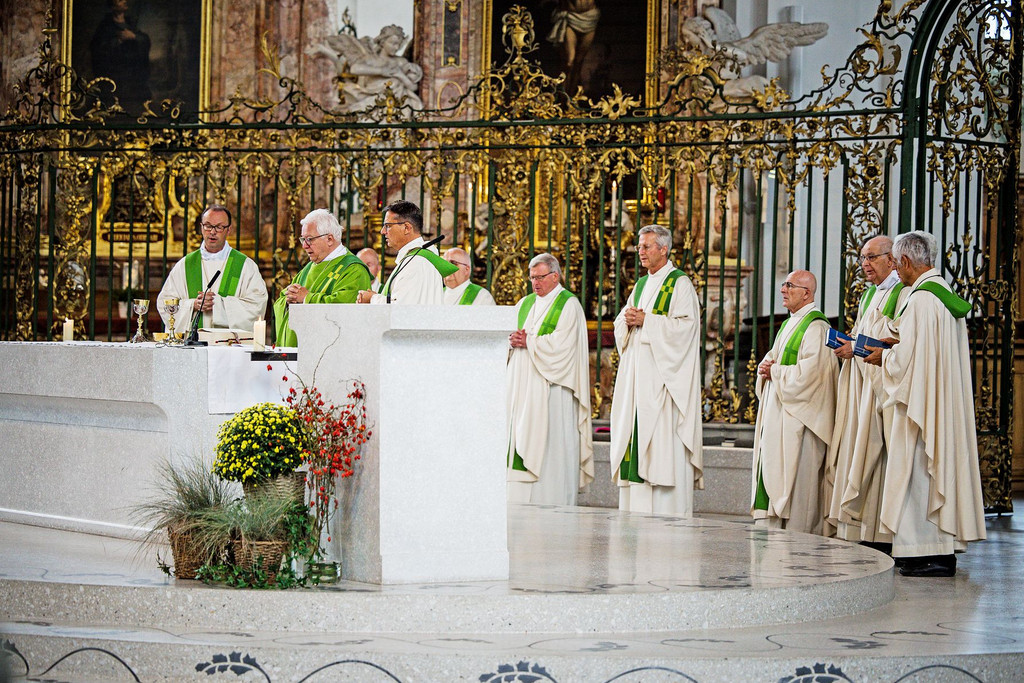
News

News
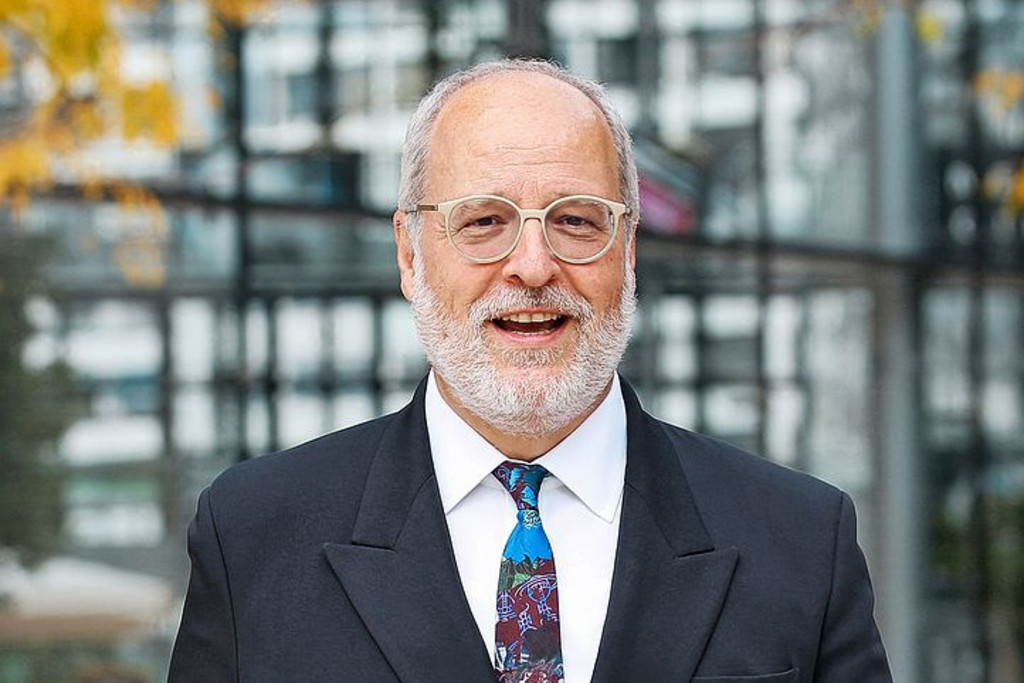
EU negotiations: time to try again
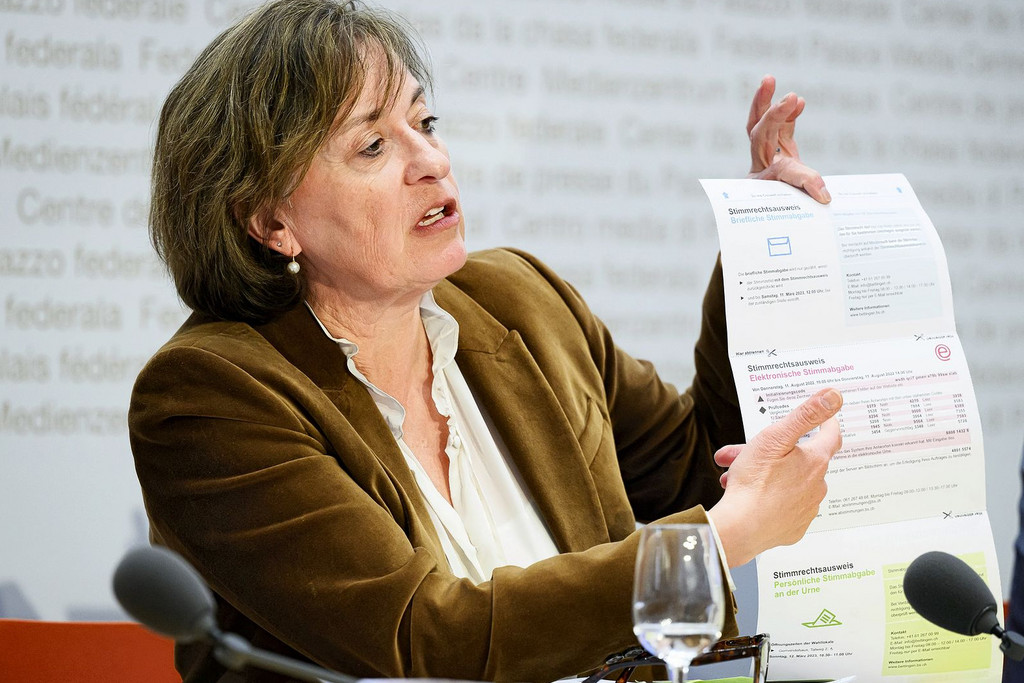
The new e-voting trials have gone well


Albert Rösti (SVP), from Berne, and Elisabeth Baume-Schneider (SP), from Jura, have taken up positions in the Federal Council. The election of the replacement ministers by parliament maintains the existing balance of power in the government. But it has sparked debate over the representation of the regions.
At the end of last year, the Swiss parliament filled the two seats vacant in the seven-member Federal Council at the same time. The two members of the government who had served the longest, Ueli Maurer from Zurich, representing the conservative SVP, and Berne native Simonetta Sommaruga from the Social Democratic Party (SP), had both announced their retirement. The parliament elected Berne National Councillor and former SVP President Albert Rösti as Maurer’s successor. Sommaruga’s successor is the Council of States member from Jura, Elisabeth Baume-Schneider, former director of education for Canton Jura.
This means that the party-political composition of the federal government retains its conservative majority. Traditionally, the largest parties on the left, right and centre of the spectrum are represented in government, to steer the fate of the country together and search for balanced solutions. The concept of a system of majority and opposition is foreign to Switzerland. Both newly elected members were among the candidates put forward by their respective parties, even though the election of Elisabeth Baume-Schneider came as a surprise. As before, there are three women and four men on the Federal Council.
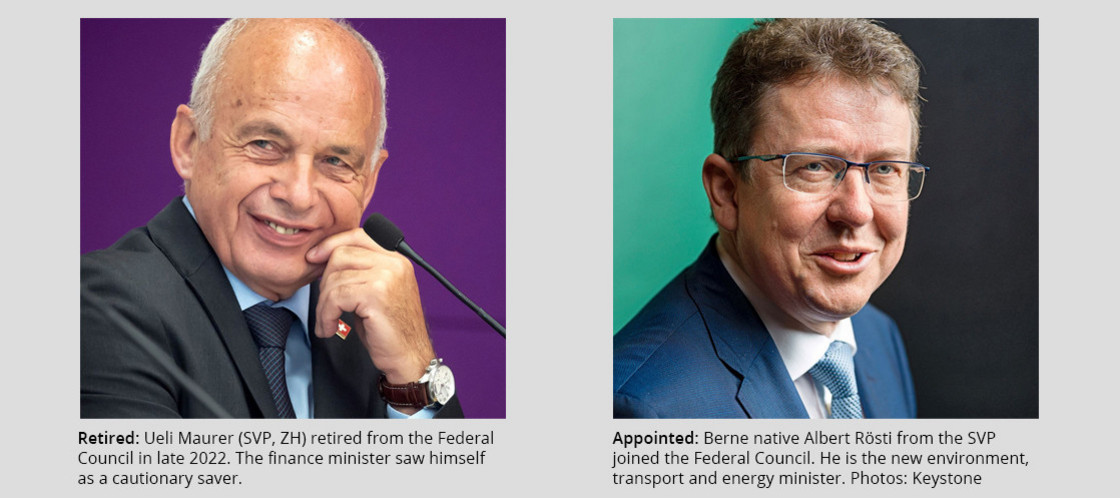
Although the by-election was marked by stability overall, there were nonetheless a few peculiarities. The outlying canton of Jura, the youngest member of the Swiss Confederation, is now, to its great joy, represented in government for the first time. The government also now has a Latin majority: three members from Romandy and one from Ticino stand alongside three members from German-speaking Switzerland. Only once in the history of the 175-year-old federal state has there been a similar composition, and then only briefly, between 1917 and 1919.
Critical votes demanded that this Latin majority be only temporary this time too. Because 70 percent of the population live in German-speaking Switzerland, this area is now heavily under-represented. The Swiss Constitution actually stipulates that each language region should be appropriately represented. The fact that the larger cities are no longer represented on the Federal Council is also giving rise to hefty debate.
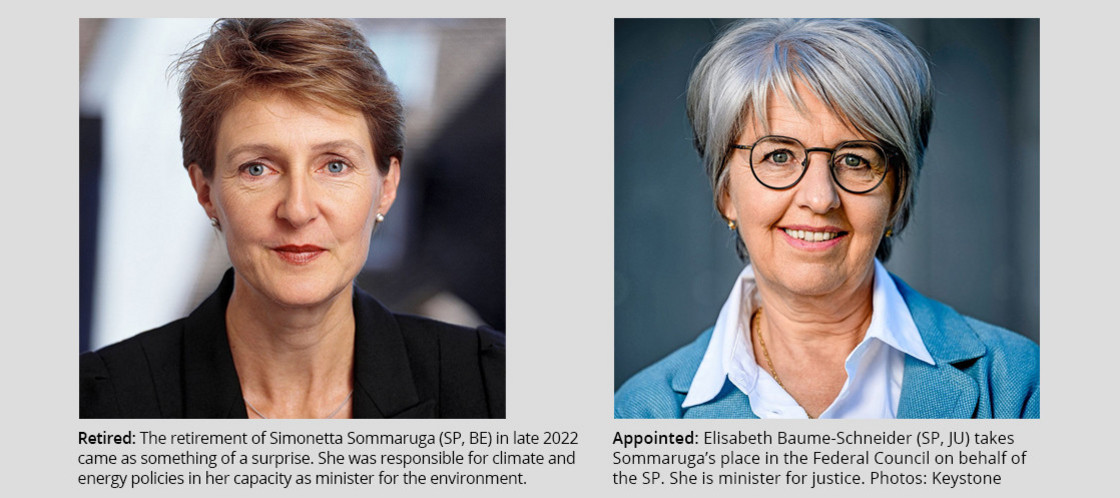
New SVP Federal Councillor Rösti took over the vacant Department of the Environment, Transport, Energy and Communications. This saw the Left lose this key department, previously led by Simonetta Sommaruga, to the conservatives. New SP Federal Councillor Baume-Schneider is in charge of the Department of Justice and Police and is thus responsible for Switzerland’s asylum policies. This department became vacant when the previous incumbent, FDP Federal Councillor Karin Keller-Sutter, moved to the Department of Finance. The remaining federal councillors stayed in their respective ministries.
Whether everything will remain exactly the same in the Federal Council will become clear later this year. Following the federal elections in the autumn, an entire government will be elected by the new parliament in December. Depending on how the parties perform – and depending on whether there are any further retirements – there could be further changes in the executive. The increasingly strong green wing has been pushing for its own seat in government for years.
Comments